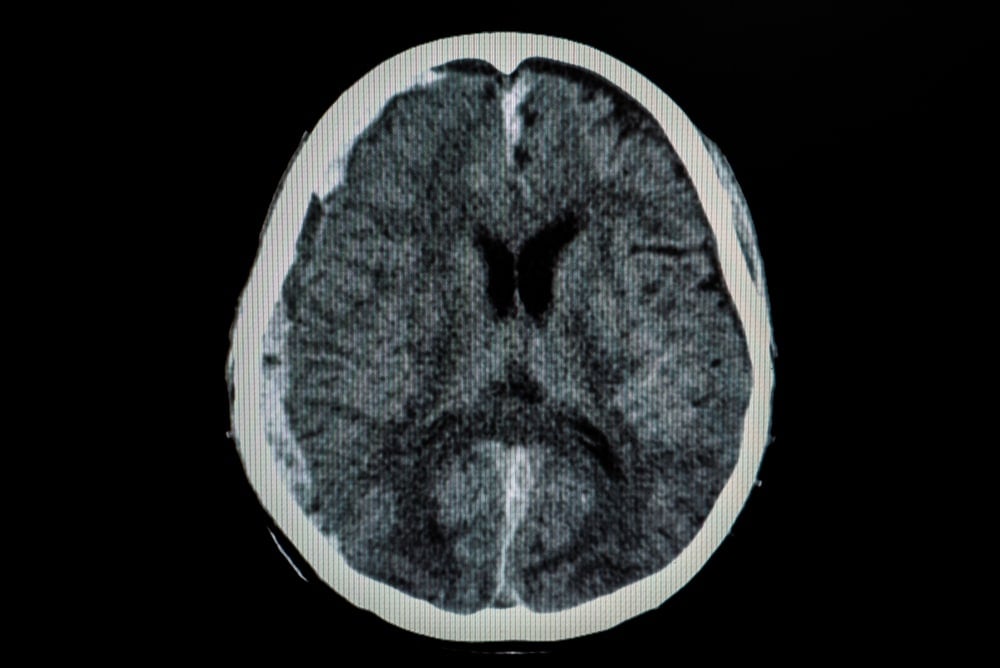Peer-review research published in Frontiers in Pharmacology supports the broad spectrum mechanism of action of Swedish biopharma company TikoMed’s ILB neuroprotective drug platform.
In multiple preclinical and clinical studies across a variety of neuroinflammation-driven diseases, the low molecular weight dextran sulfate compound both mobilized and modulated naturally occurring tissue repair mechanisms and restored cellular homeostasis and function by releasing heparin-binding growth factors.
TikoMed said it believes this approach to enhancing the body’s self-repair and regeneration capabilities has the potential to transform current cell and gene therapy paradigms.
“These studies show that ILB releases, re-distributes and modulates the bioactivity of endogeneous heparin-binding growth factors that target disease-compromised nervous tissues to initiate a cascade of transcriptional, metabolic and immunological effects that play a key role in controlling glutamate toxicity, normalizing tissue bioenergetics, and resolving inflammation to improve tissue function,” said Ann Logan, scientific director at Axolotl Consulting and professor of Regenerative Medicine at the University of Warwick.
“ILB’s unique mechanism of action supports the potential to treat various acute and chronic neurodegenerative disease, including sTBI (severe traumatic brain injury) and ALS (amyothrophic lateral sclerosis).”
Study details
The studies provided evidence that ILB has a profound therapeutic effect on molecular and cellular dysfunctions causing neurodegenerative diseases. Gene expression analysis demonstrated substantial similarities in the functional dysregulation induced by severe traumatic brain injury (sTBI) and various human neurodegenerative conditions including ALS.
Changes in gene expression following ILB treatment supported a cascading beneficial effect of ILB on growth factor activation resulting in the observed therapeutic effect.
The transcriptional signature after ILB treatment is relevant to cell survival, inflammation, glutamate signaling, metabolism and synaptogenesis, and is consistent with the activation of neuroprotective growth factors. The ability of ILB to elevate circulating levels of heparin-binding growth factors in animal models and humans also supports its neuroprotective and regenerative effects in vivo.
“ILB is currently in development both as a therapeutic and as an enabling technology for advanced therapies, and this peer-reviewed research indicates even wider potential. We have initiated development programs for amyothrophic lateral sclerosis, traumatic brain injury and islet cell transplantation and will now consider broader use across a wider range of diseases,” said Anders Kristensson, CEO of TikoMed.





